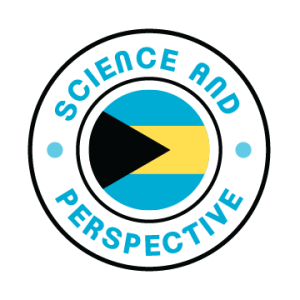In some ways it seems like it happened ages ago. in other ways I can still feel it. When Hurricane dorian hit Abaco and Grand Bahama, we worried of course, we always do, but part of you says "We always make it through." but after the hurricane sat and took up residence and sporadic videos started leaking out, the reality became terrifying.
Friends and family on those islands lost contact and people were getting videos of loved ones being washed away, photos of where houses and buildings once stood.
By the time we got the mapathon planned, we were honestly unsure if we would see many of our colleagues, friends and family from Abaco and Grand Bahama again.
When I found out that we did not have complete maps of either island I was taken aback and I thought immediately of the mapathon we conducted at Miami University to help the victims of hurricanes in Puerto Rico the previous year. I still remember the feeling I got, like my blood had turned to a milkshake and my heart was trying to suck it through my body. It was us. We were disaster victims. We were climate refugees.
The emergency responders were making plans to visit the islands and fly drones so they could stitch together images of the disaster and come back with maps that the country could use to get recover funds, better coordinate rebuilding efforts.
All I wanted was to get as many people to safety as possible. THe Geography Department at Miami, OH pulled some magic trick to get students together and when they called me on skype, I could barely hold it together as I saw classmates and former teachers in the lab I was in less than a year before. (I am writing this through tears now) But I started thinking about how I said a prayer in the lab when I was part of the mapathon that most people would make it out safely. Luckily the image froze and I could let the tears stream though the video did not and I could focus on simply speaking.
Ultimately, the students, professors and mappers around the world made 120,000 map changes, added 9,000 buildings, and 1,600 roads to maps of Abaco and Grand Bahama.
At the height of rescue activity, I was using whatsapp to send messages to Headknowles and US Coast Guard teams along with the Office of the Prime Minister to say where people were. Sending digital map images of the location we got a dropped pin from and the nearest location a helicopter could land on, or where the roads were. Even if they were covered with water, it could give an idea of where to go.
If you read this far, I want you to think about a few things.
Hurricanes are incredibly powerful and getting stronger. This is not likely to be our last "Hand of God" storm. we need to be prepared and part of responding is knowing where the need is and where the resources are. you can join the effort on www.openstreetmap.org .
https://miamioh.edu/news/top-stories/2019/09/bahamas-mapathon.html
For those that have challenges with the trauma from hurricane Dorian in the Bahamas please remember you can call the Bahamas Psychological Association Hotline at 1242 819 7652
Be Well.
Leno
Ancilleno Davis, PhD
Principal/ CEO
Science and Perspective
twitter: @SciPerspective
Instagram: @SciPerspective

Leave a comment